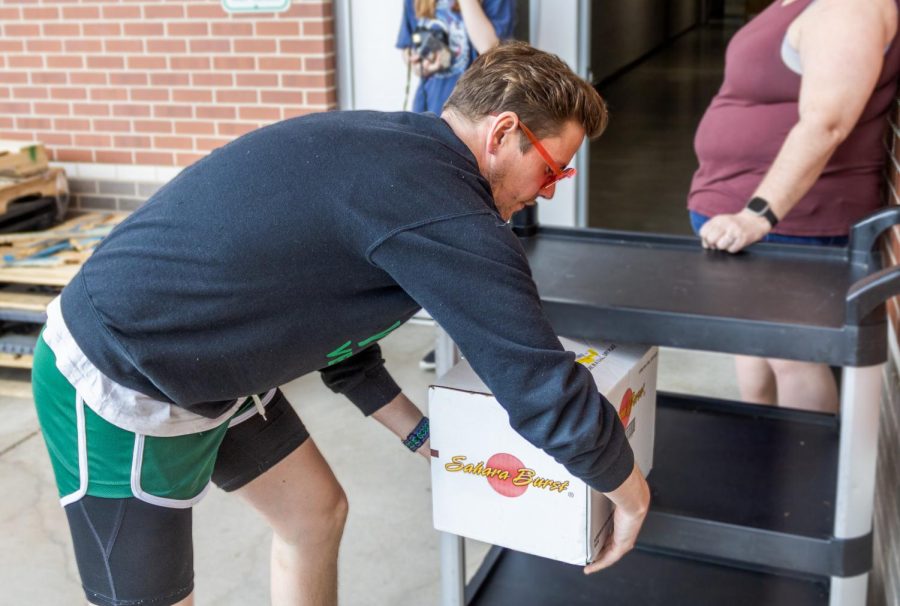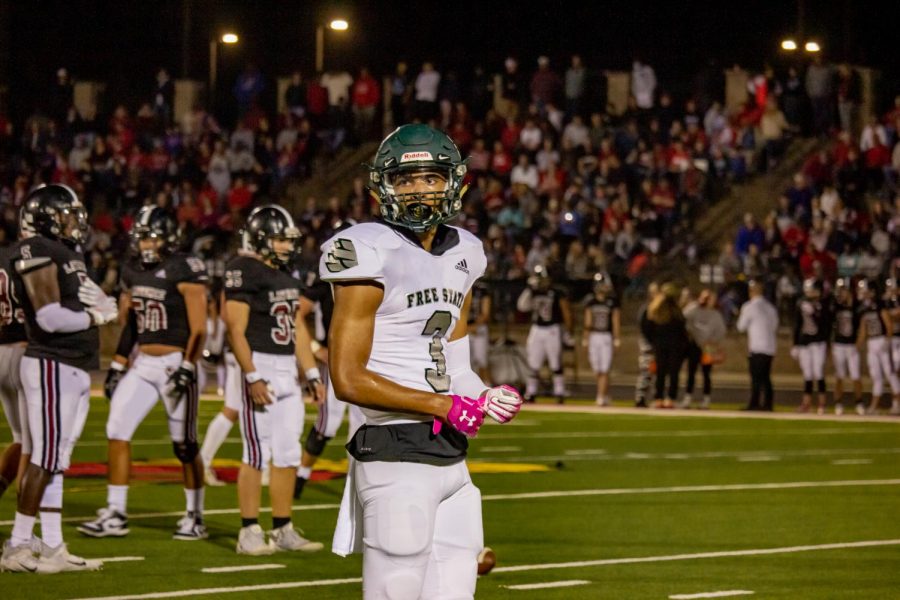While most of their peers spend the summer hanging out at home, cousins Krysallin Ahtone and Elaine Frank travel around the country dancing and celebrating their culture in pow wows.
“It’s a chance for the tribes to gather and show each other who has what,” Frank said. “It’s a gathering of the different cultures.”
Pow wows are held across the United States on reservations every week from April to September.
“We try to go out as much as possible, so almost every weekend.”
Participating in pow wows is not, however, for the faint of heart.
“You have to practice dancing in the week before each pow wow, and if you don’t you tend to get out of shape,” Ahtone said. “Dances are usually three to five minutes long, and sometimes you have to do two dances, so it’s like ten minutes. It’s hard work.”
Ahtone and Frank travel to Indian reservations where the pow wows are held at night and often sleep in trailers. Dancers often get up at 8:00 am so they can prepare for the pow wow.
“Everyone gets ready at the same so you hear the bells on the costumes jingling,” said Ahtone about getting ready for pow wows, “things are flying everywhere, it’s chaos.”
Pow wow dancers also have to choreograph their own routines. Ahtone says she draws inspiration from other dancers.
“I’m the only one in my family that dances Fancy Shawl, [a type of pow wow dance] so I usually just watch the other dancers and try and pick up on what they do. My mom, and my uncle and aunt also tell what I should do.”
Pow wow dancers often compete for cash prizes and trophies, but for Ahtone and Frank it’s about more than just the money.
“Pow wows are really important to me. It’s my culture. You get a chance to see how it was back then. You get to experience what your ancestors experienced. They’re really fun.”





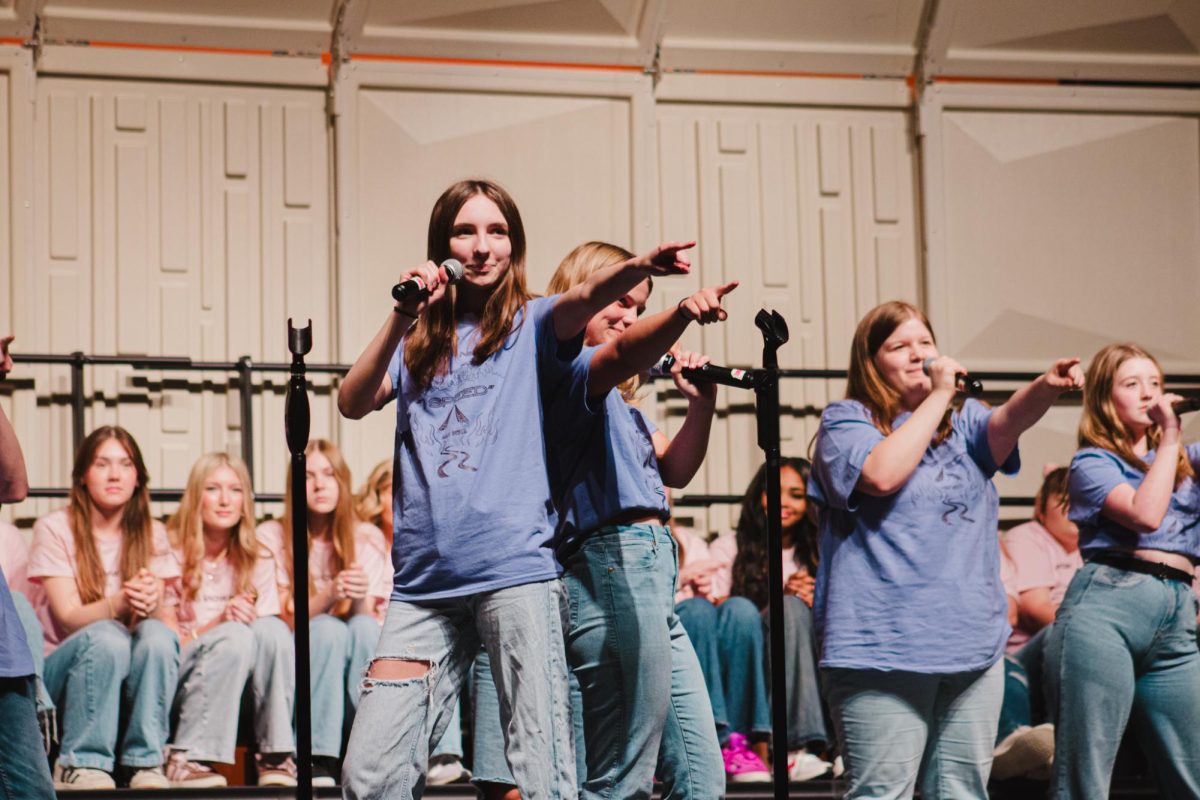
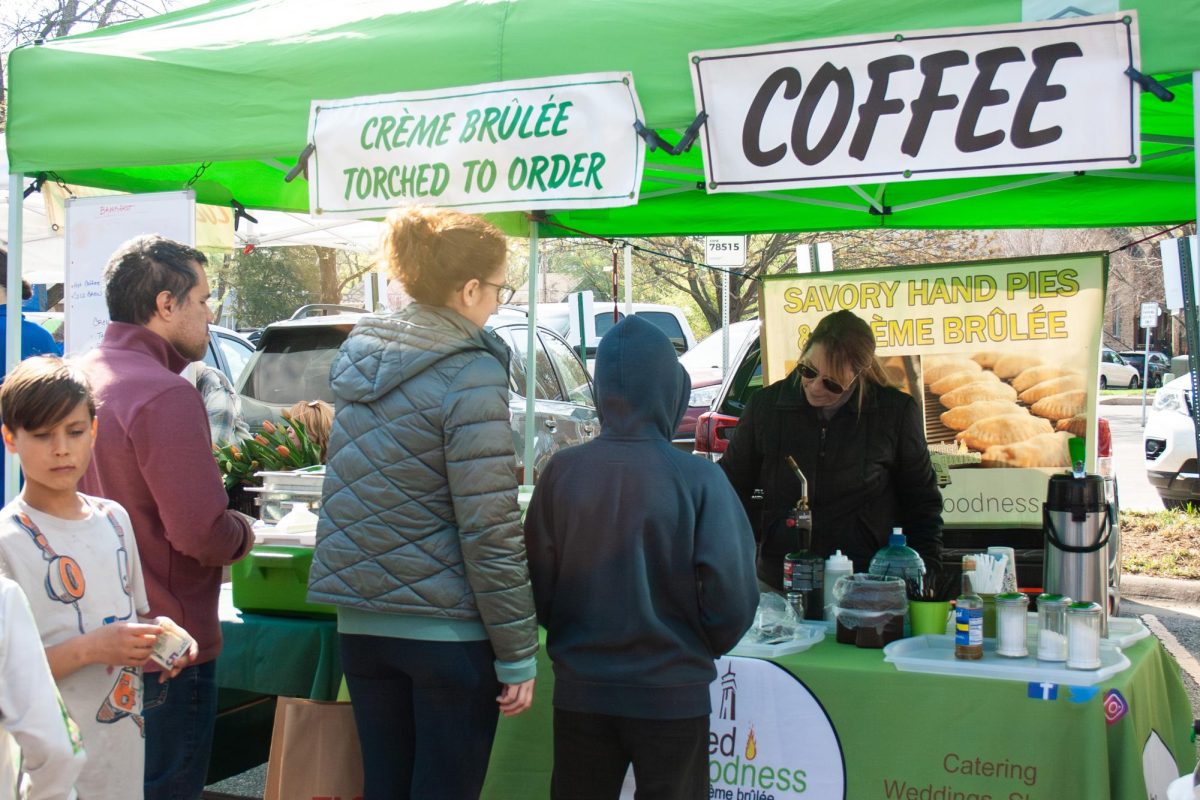
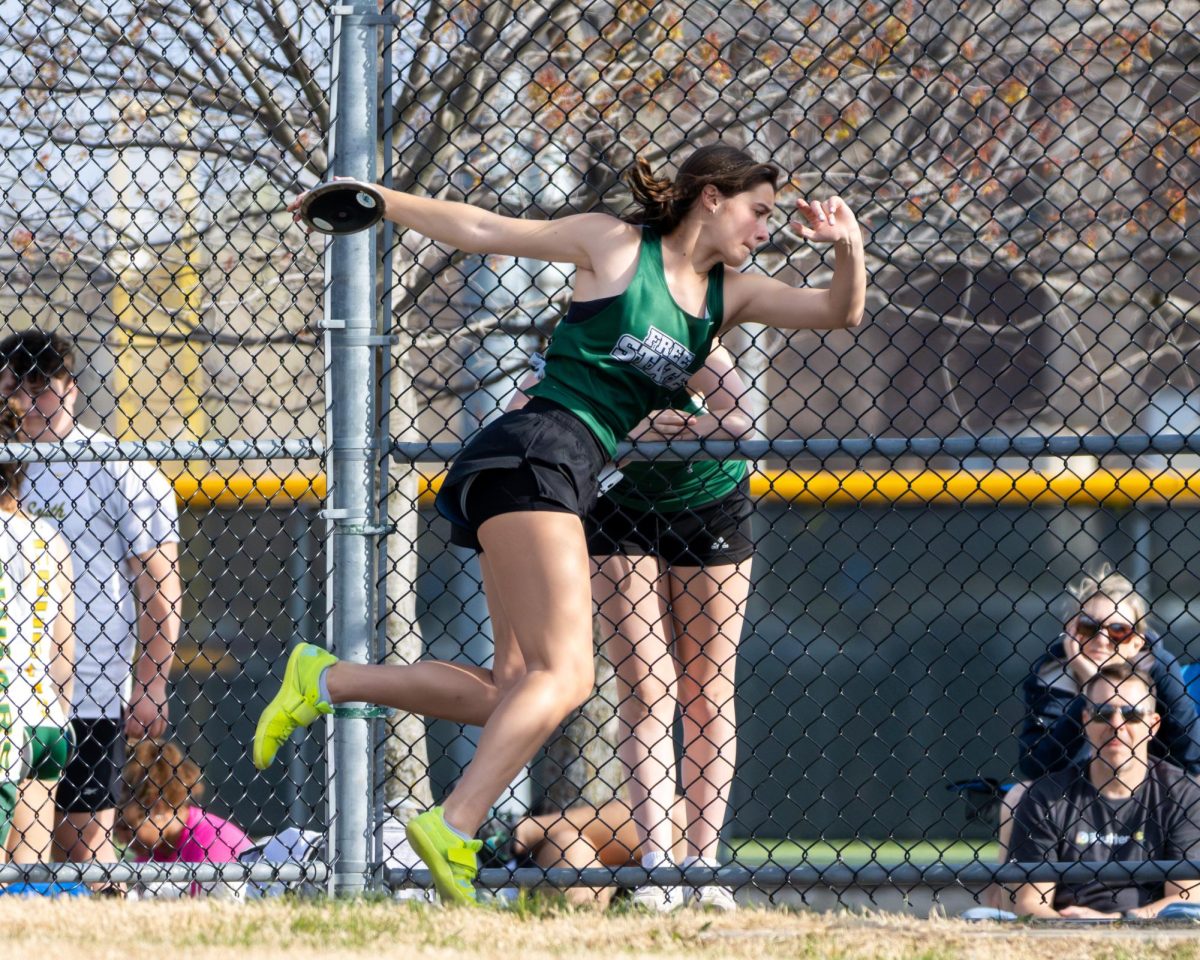

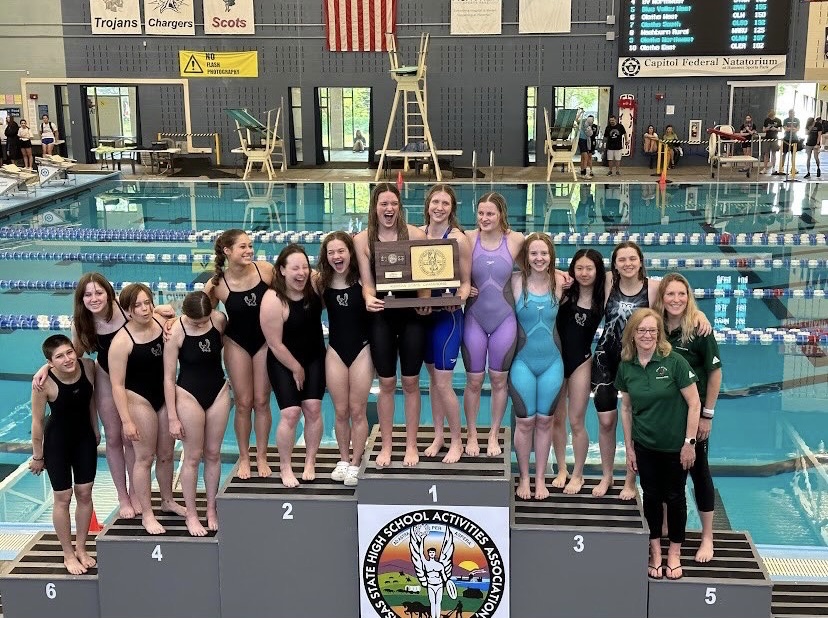
![After receiving advice from her students, orchestra director Judy Erpelding marks her music. Although the director normally makes the artistic decisions, Erpelding will often consult her students and hear their opinions on what sounds good and what they should try out. “[The students] are the heart of the program, not me,” Erpelding said. “I know they will carry that on and I will miss them. Making great music with them, being able to challenge them, taking their inspiration.”](https://www.fsfreepressonline.com/wp-content/uploads/2023/05/Roust_Erpelding_5_11_23-600x900.jpg)
